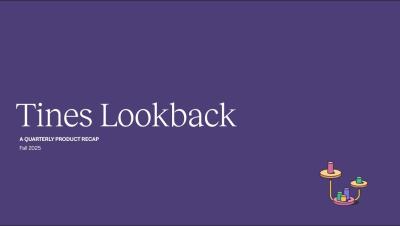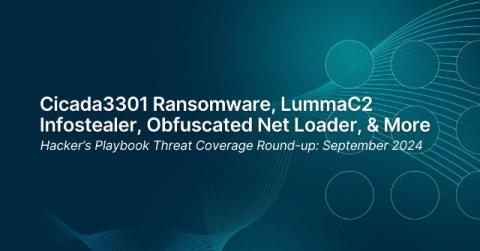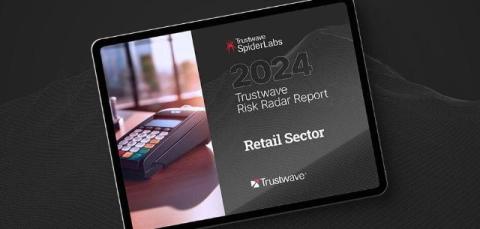The Tines Lookback - a product recap of this past quarter (October 2024)
This quarter, the Tines team was hard at work enhancing the way you build, run, and monitor your most important workflows. We asked our Engineers and Designers to hop on and talk through their favorite features of the last few months. They covered topics such as: Our Tines-powered AI chat interface Workbench (00:48) Recent accessibility updates to the Storyboard (3:58) The latest with Cases and dashboards (11:26) A new runtime option with AWS CLI (20:07)











